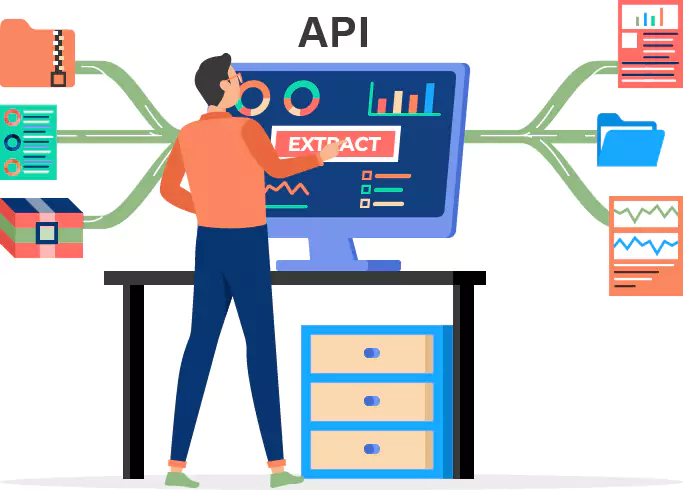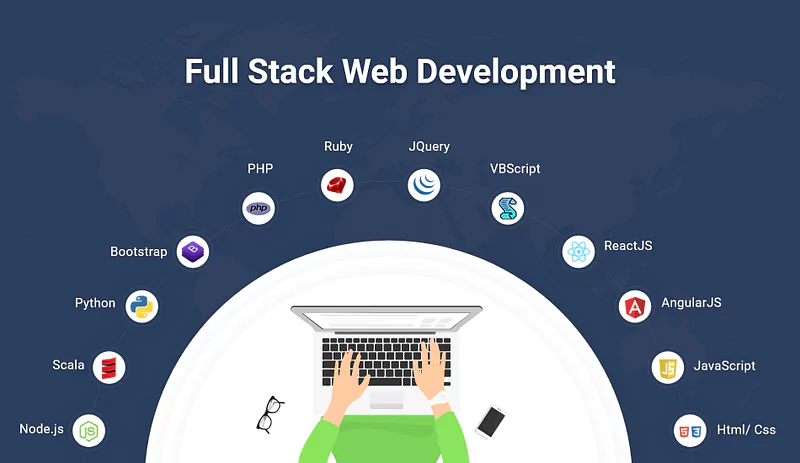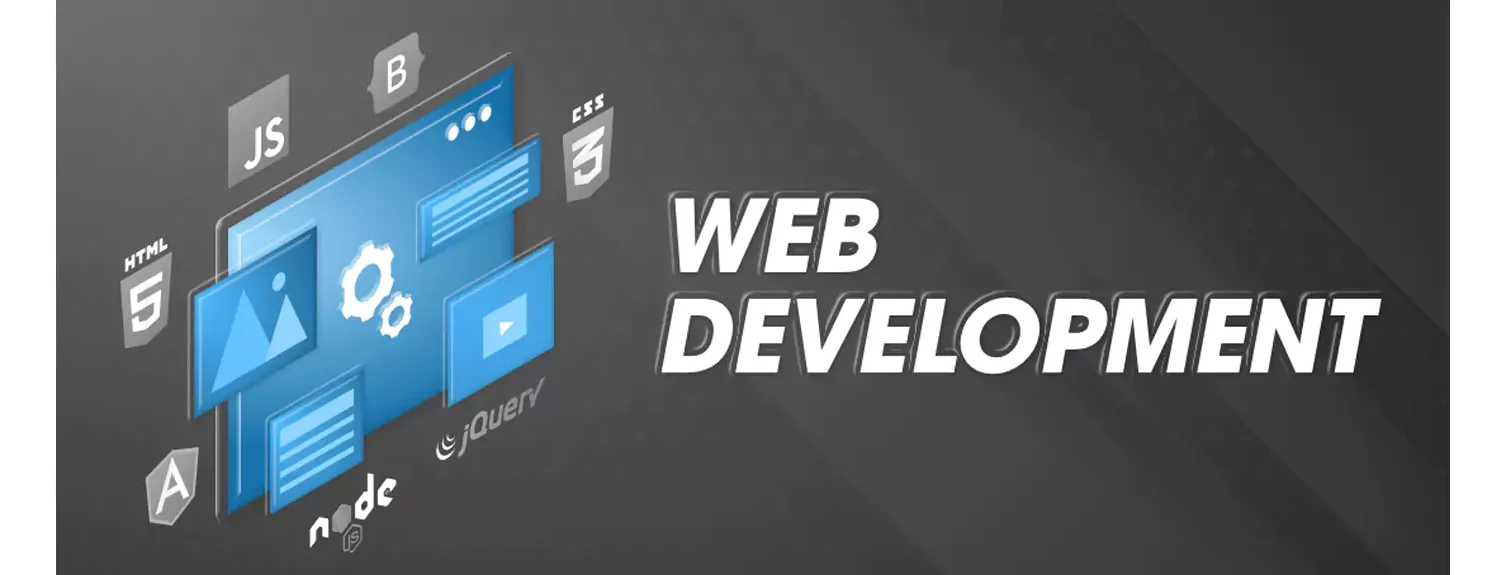Uncover the intricacies of web development – frontend, backend, languages, tools, trends, and potential careers. Embark on your journey into the digital realm.
1. Introduction to Web Development:
Start your blog by explaining what web development is. You can tell that it is a process of building a website or web application. Primary aspects of web development include web design, web content development, client-side/server-side scripting, and network security configuration.
2. Types of Web Development:
There are three main types of web development:
[A] Frontend Development: It is also called client-side development. It involves creating the part of the website with which users interact. The main technologies used in frontend development are HTML, CSS and JavaScript.

[B] Backend Development: It is also known as server-side development. It’s all about what’s going on behind the scenes. The backend communicates with the frontend, sending and receiving information to be displayed on the web page. The main languages used in backend development are PHP, Ruby, Python, and Java.

[C] Full Stack Development: Full stack developers are jack of all trades. They work both front and back, understanding the entire process. They are proficient in both frontend and backend languages..

3. Web Development Languages and Tools:
Frontend languages and tools: HTML (structure of sites), CSS (style and layout), JavaScript (interactivity), and libraries/frameworks like React, Angular, and Vue.js.
Backend languages and tools: PHP, Python (with Django or Flask), Ruby (on Rails), Node.js (with Express.js), SQL, PostgreSQL, databases like MongoDB, and tools like GitHub for version control.
4. Web Development Process:
Describe the step-by-step process of web development. Usually, it goes something like this:
- Requirement Analysis
- Planning (including Sitemap and Wireframe Creation)
- Design (creating visual style and UI)
- Content Writing and Assembly
- Coding
- Testing, Review, and Launch
- Maintenance and Regular Updating
5. Latest Web Development Trends:
Discuss the most recent web development trends like:
- Mobile-First Development
- AI and Bots
- Progressive Web Apps (PWAs)
- Single Page Applications (SPAs)
- API-First Development
- Motion UI
- Serverless Applications
6. Learning Web Development:
Guide your readers on how they can start learning web development. You can recommend some free and paid online resources such as:
7. Careers in Web Development:
Talk about the various job roles in web development, such as:
- Frontend Developer
- Backend Developer
- Full Stack Developer
- Web Application Developer
- Design and Layout Analyst
8. Conclusion:
End your blog by summarizing the importance of web development in today’s digital age, the opportunities it presents and encourage your readers to learn more and start their journey in web development.
Remember to keep each section engaging, informative, and tailored to your audience’s level of understanding and knowledge. Also, use visuals where possible to make the information more digestible.
Quiz Time
Subscribe to our email newsletter to get the latest posts delivered right to your email.


Comments